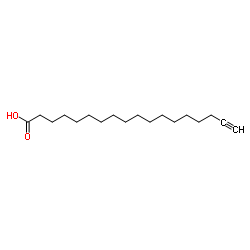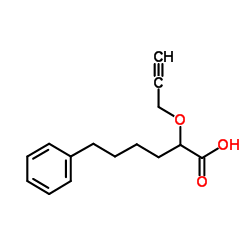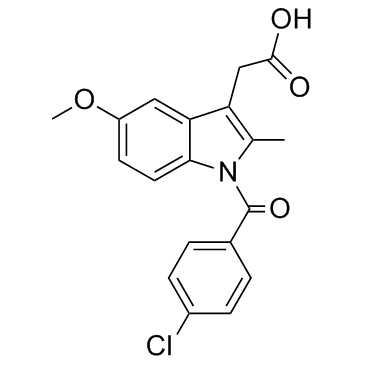| 结构式 | 名称/CAS号 | 全部文献 |
|---|---|---|
 |
乙醇
CAS:64-17-5 |
|
 |
乙腈
CAS:75-05-8 |
|
 |
17-十八炔酸
CAS:34450-18-5 |
|
 |
去甲二氢愈创木酸
CAS:500-38-9 |
|
 |
二甲基亚砜
CAS:67-68-5 |
|
 |
PPOH
CAS:206052-01-9 |
|
 |
吲哚美辛
CAS:53-86-1 |
|
 |
8-辛酰氧基芘-1,3,6-三磺酸三钠盐
CAS:115787-84-3 |